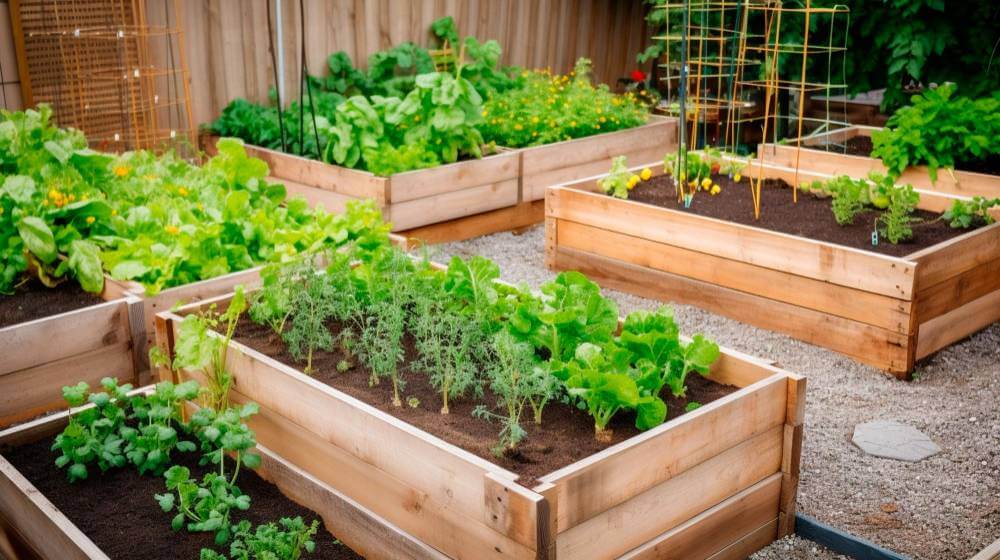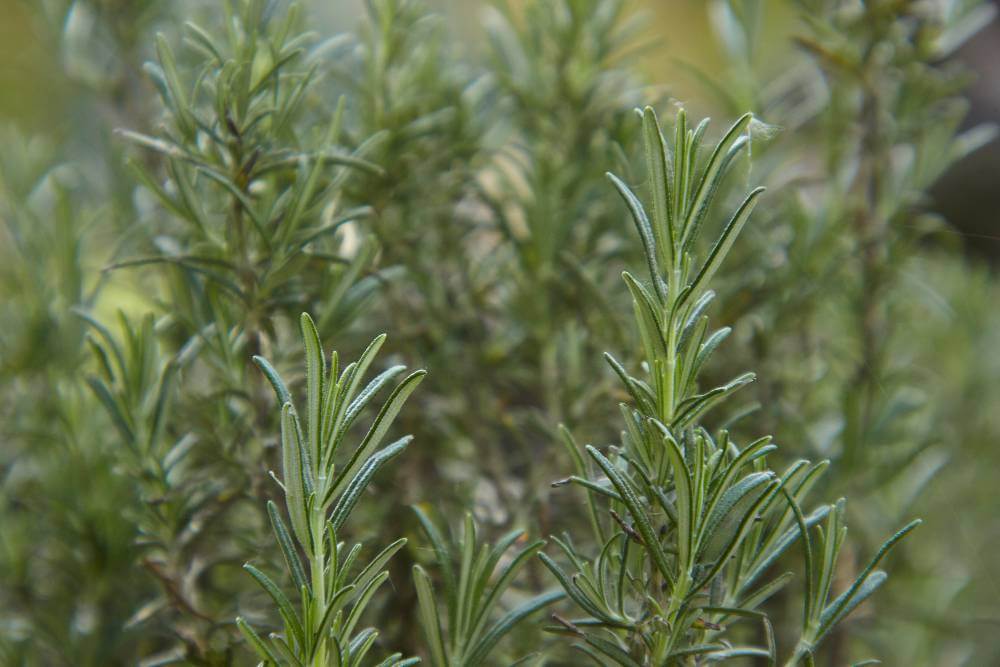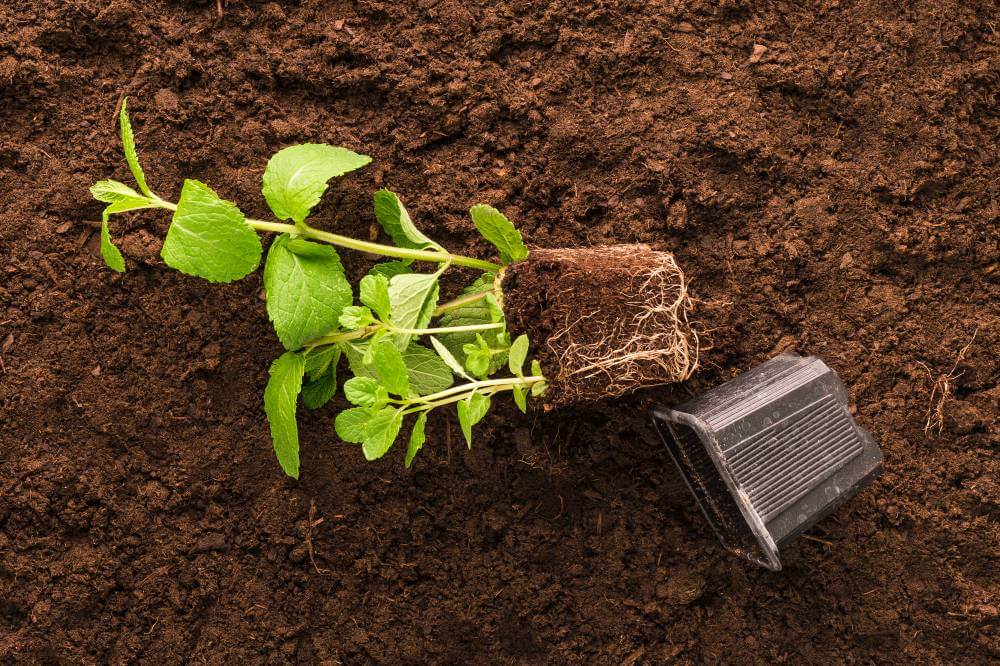Welcome to my garden, dear readers! Known for its charming blooms and easy-going nature, growing viola promises to add a splash of color and joy to any garden or balcony. This guide will equip you with everything you need to know to cultivate these beautiful flowers with confidence and flair.
Benefits and Delights of Viola: More Than Just Pretty Flowers
Beyond their aesthetic appeal, violas offer a range of benefits in the garden. These versatile plants are perfect for adding color to borders, containers, and hanging baskets. Their edible flowers make delightful garnishes for salads and desserts, adding a touch of whimsy and flavor. Violas also attract beneficial pollinators like bees and butterflies, contributing to a thriving garden ecosystem while requiring minimal maintenance.
Exploring Viola Varieties: From Miniatures to Grandiose
Violas come in a variety of shapes, sizes, and colors, offering endless possibilities for garden design. Choose from traditional pansies with their large, vibrant blooms, or opt for compact violas that cascade beautifully over the edges.
Miniature violas are perfect for small spaces or as ground cover while trailing varieties add a whimsical touch to hanging baskets. With so many options, there’s a viola variety to suit every gardener’s preference and space constraints.
Annual or Perennial: Understanding Viola’s Lifecycle
Violas are predominantly grown as annuals, especially in colder climates where they may struggle to survive harsh winters. However, some perennial varieties can withstand milder winters and return year after year with proper care.
Annual violas are cherished for their continuous bloom throughout the growing season, while perennial varieties offer the convenience of returning blooms without replanting each year.
Planting Season: Timing Is Everything for Viola’s Success
For optimal growth and bloom, plant violas in early spring or late summer to early fall. These cool-season plants thrive in moderate temperatures, preferring cooler weather over the heat of summer.
In warmer climates, planting violas in the fall ensures they establish strong roots before winter, resulting in robust growth and prolific flowering in spring.
Sun or Shade: Finding the Perfect Spot for Viola
Violas thrive in locations with partial to full sun exposure, though they appreciate some shade during hot afternoons in warmer climates. In cooler regions, full sun exposure encourages more prolific flowering, while partial shade helps prevent the scorching of delicate blooms. Experiment with different locations in your garden to find the ideal balance of sunlight and shade that promotes vigorous growth and abundant flowering.
Winter Care: Preparing Viola for Chilly Months Ahead
As temperatures drop, ensure your violas remain healthy and vibrant through the winter months. Mulch around plants with organic materials like straw or shredded leaves to insulate roots and protect them from frost.
In regions with severe winters, consider covering violas with frost cloth or moving containers to sheltered areas to prevent frost damage.
From Seeds to Seedlings: Choosing Your Viola Journey
Growing violas from seeds offers a rewarding experience from germination to bloom. Start seeds indoors 6-8 weeks before the last frost date, using seed trays filled with seed-starting mix. Keep soil consistently moist and provide ample light until seedlings are ready for transplanting outdoors.
Alternatively, nursery-grown seedlings provide instant gratification, allowing you to enjoy viola blooms sooner without the initial germination stage.
Propagating Viola: Growing Your Garden Collection
Expand your viola collection through propagation from cuttings, especially if you’ve found a favorite variety. Select healthy stems and trim just below a node, removing any flowers or buds. Dip cut ends in rooting hormone to encourage root development and plant in well-draining soil or a mix of perlite and peat moss. Keep cuttings consistently moist until roots are established, then transplant into pots or garden beds for continued growth and bloom.
Grow Indoors or Outdoors: Choosing the Right Environment for Viola
Violas thrive in both indoor and outdoor settings, offering flexibility for gardeners with limited space or varying climate conditions. Indoors, provide violas with bright, indirect sunlight and consistent temperatures around 60-70°F (15-21°C). Use well-draining potting soil and ensure adequate airflow to prevent fungal diseases.
Outdoors, plant violas in well-draining soil with partial to full sun exposure, depending on your climate.
Best Soil for Growing Viola: Creating the Ideal Growing Medium
Violas prefer well-draining and fertile soil. Amend garden soil with organic matter like compost or aged manure to improve drainage and nutrient retention. In containers, use a high-quality potting mix formulated for flowering plants, ensuring it’s lightweight and provides good aeration. Avoid heavy clay soils that can lead to waterlogging, which may cause root rot and hinder plant growth.
Instructions for Growing Viola in a Pot: Container Gardening Tips
Growing violas in pots allows for easy mobility and control over growing conditions. Choose a container with drainage holes to prevent waterlogging and use a potting mix enriched with perlite or vermiculite for improved drainage. Plant violas at the same depth as they were in their nursery containers and water thoroughly after planting.
Place pots in a location with partial sun exposure and monitor soil moisture regularly, watering when the top inch of soil feels dry. Fertilize monthly with a balanced fertilizer to support continuous blooming throughout the growing season.
Hydroponic Cultivation of Viola: Growing Without Soil
Hydroponic systems offer an innovative way to grow violas without soil, providing precise control over nutrient levels and water delivery. Use a hydroponic nutrient solution designed for flowering plants and maintain pH levels between 5.8-6.5 for optimal nutrient uptake.
Violas in hydroponic systems require adequate light exposure, typically provided by LED grow lights, for at least 12-14 hours daily. Monitor root health and replace nutrient solution regularly to ensure vigorous growth and vibrant blooms.
Watering Instructions for Viola: Keeping Plants Hydrated and Healthy
Proper watering is crucial for the health and vitality of violas. Water plants thoroughly when the top inch of soil feels dry, aiming to keep the soil consistently moist but not waterlogged. In hot weather, violas may require more frequent watering to prevent wilting. Use a watering can or drip irrigation to deliver water directly to the soil, avoiding wetting the foliage which can promote fungal diseases. Mulch around plants to retain soil moisture and reduce water evaporation, especially during dry spells or in containers.
Companion Planting with Viola: Enhancing Garden Harmony
Violas make excellent companions in the garden, benefiting nearby plants through their attractive blooms and ability to attract pollinators like bees and butterflies. Plant violas alongside herbs such as thyme and chives to deter pests and enhance flavor. Pair them with vegetables like lettuce and radishes, which appreciate the partial shade provided by viola foliage.
Planting Foes: Avoiding Incompatible Pairings with Viola
While violas are generally beneficial in companion planting, some combinations should be avoided to prevent growth inhibition or competition for resources. Avoid planting violas near vegetables like beans and peas, which prefer drier soil conditions and may be overshadowed by viola foliage. Similarly, keep violas away from plants that require full sun exposure throughout the day, as their shade tolerance may limit sunlight availability for sun-loving crops.
The Attraction Towards Pollinators: Viola’s Role in Garden Ecology
Violas play a vital role in attracting pollinators like bees, butterflies, and hoverflies to the garden. Their colorful blooms and sweet nectar provide essential food sources for these beneficial insects, promoting pollination and ensuring fruit set in nearby fruiting plants and vegetables. By planting violas, gardeners contribute to a biodiverse ecosystem that supports pollinator populations and enhances overall garden productivity.
Pruning Instructions for Viola: Maintaining Health and Vigor
Regular pruning helps maintain the health and vigor of violas, promoting continuous flowering and compact growth. Deadhead spent blooms regularly to encourage new flower production and prevent the plant from redirecting energy into seed production.
Trim back leggy or overgrown stems to promote branching and maintain a tidy appearance. Prune violas in late fall to remove frost-damaged foliage and encourage robust growth in spring, ensuring plants remain healthy and vibrant throughout the growing season.
Pest Treatment: Safeguarding Viola from Garden Pests
Protecting violas from common garden pests like aphids, slugs, and snails is essential for maintaining plant health and vigor. Monitor plants regularly for signs of pest infestation, such as curled leaves, sticky residue, or visible insects. Introduce natural predators like ladybugs or lacewings to control aphid populations organically. Use physical barriers like copper tape or eggshells to deter slugs and snails, which can damage leaves and flowers.
In severe infestations, consider using organic insecticidal soap or neem oil spray, applying it directly to affected plants according to product instructions to effectively manage pests while minimizing environmental impact.
Recap
As we conclude our journey through the world of violas, I hope you’re as excited as I am about adding these delightful flowers to your garden! From learning about their benefits and varieties to planting tips and pest prevention, we’ve covered it all with plenty of gardening love.
Now, armed with knowledge and enthusiasm, it’s time to dig in, plant some violas, and watch your garden bloom with these charming flowers.
Stay tuned for more gardening tips and adventures on my blog – where every post is a new opportunity to grow, learn, and celebrate nature’s wonders!
Happy gardening!







